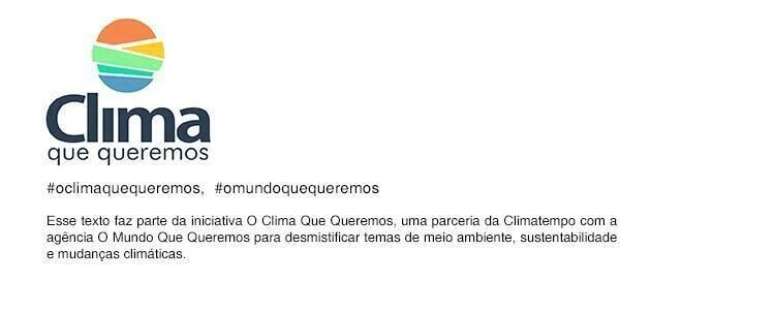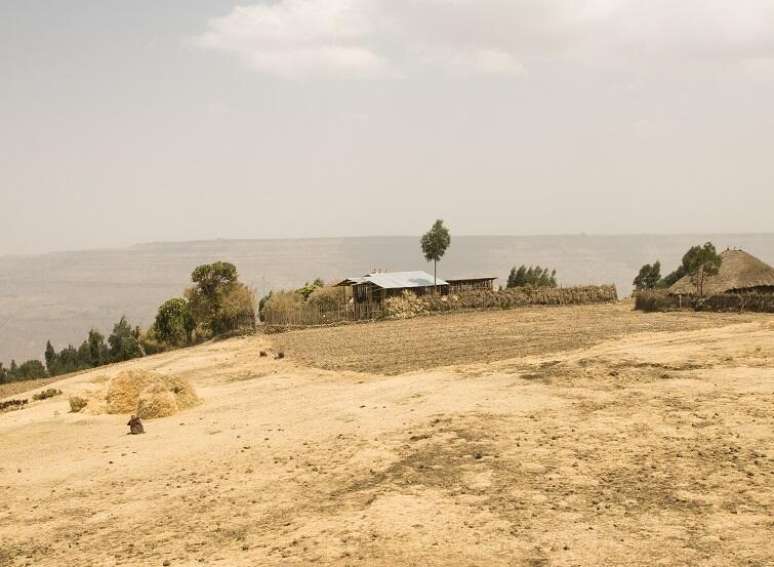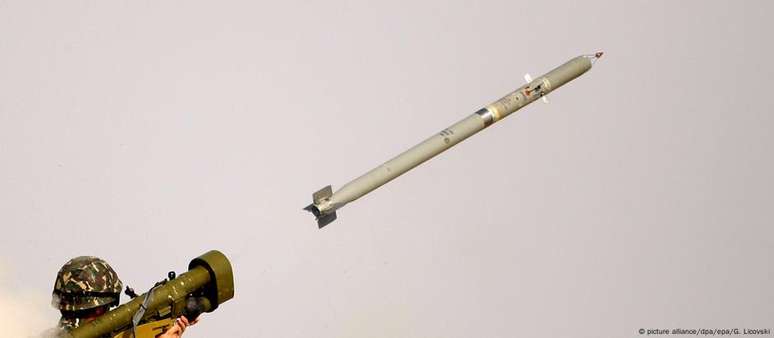Devastating drought in region known as the Horn of Africa is a direct result of human-caused climate change, says new attribution study
The devastating drought in the region known as the Horn of Africa is a direct result of man-made climate change. The evidence was presented Thursday, April 27 by a rapid new attribution analysis by the World Weather Attribution (WWA) group.
The study was conducted by 19 WWA researchers, including scientists from universities and meteorological agencies in Kenya, Mozambique, South Africa, the United States of America, the Netherlands, Germany and the United Kingdom.
Crop failures and animal deaths have left more than 20 million people at risk of severe food insecurity in the Horn of Africa.
Scientists found that although climate change has had little effect on total annual rainfall in the Horn of Africa, higher temperatures greatly intensified evapotranspiration — the combination of water evaporated from the soil and plant transpiration. Without this effect, the region would not have experienced an agricultural drought – when crops and rangelands are affected by drought conditions – in the past two years.
To the Widespread crop failures and animal deaths have left more than 20 million people at risk of acute food insecurity in this region that embraces southern Ethiopia, southern Somalia and eastern Kenya. These countries are among those that have certainly contributed the least to the gas emissions causing the ongoing climate change.
“The results of this study show that the frequent droughts for several years, in combination with heat extremesin the main rainy season, it will severely affect food security and human health in the Horn of Africa as the climate continues to warm,” says lead author Joyce Kimutai, climate scientist and chief meteorologist at the Kenya Meteorological Department.
“This study demonstrates very clearly that drought is much more than just a lack of rain and that the impacts of climate change depend a lot on our vulnerability,” assesses one of WWA leaders, Friederike Otto, Senior Lecturer in Climate Sciences at the Grantham Institute, Imperial College London. “One of the main conclusions of the recently released IPCC synthesis report is that we are much more vulnerable than we thought.”
More evapotranspiration
To quantify the effect of climate change on this droughtScientists analyzed weather data and computer model simulations to compare current climate, after about 1.2°C of global warming since the late 19th century, with past climate, following peer-reviewed methods.
They mainly addressed the changes in precipitation in 2021 and 2022 in the affected region. There the rains are usually concentrated in two seasons: the long ones, which occur between March and May, when most of the annual rainfall is observed, and the short rains, from October to December, which are usually faster, less intense . more variables.
The analysis found that climate change is affecting rainy periods in opposite ways. To the long rains are getting drier, with low rainfall twice as likely now. At the same time, short rains are getting wetter due to climate change.
This trend of increased moisture in short-term rains has recently been masked by the La Niña weather pattern, which reduces precipitation in short-term rains. The team says there is no evidence that La Niña has been significantly affected by climate change, so the recent low rainfall versus short-term rainfall was driven more by the natural occurrence of a long-term La Niña than by climate change. same.
On the other hand, the rising temperatures driven by climate changewas the really important factor behind the agricultural drought significantly increasing evapotranspiration. As a result, events like the current drought are now much more intense and more likely, mainly due to the effects of climate change on evapotranspiration. A conservative estimate from the analysis says agricultural drought in the Horn of Africa is now about 100 times more likely to occur.
This is a significant change from the norms. The observed conditions – a period of low rainfall combined with high temperatures – are classified as an unusual phenomenon in the region, with a rate about 5% likely to occur every year, the scientists say.
These conditions for the region are classified as “exceptional drought” on the US Drought Monitor scale. Without climate change’s effect on temperatures, conditions in the region would have been normal or “abnormally dry,” analysts say, meaning climate change has been a necessary factor in the current drought.
humanitarian disaster
While climate change makes droughts more frequent and extreme, its combination with existing vulnerability factors such as conflict and state fragility, as well as poverty, generates devastating human impacts. People who depend on agriculture and pastoralism are among the most affected. Addressing the root causes of vulnerability and increasing investment in robust adaptation measures are key measures to prevent future extreme weather events from turning into humanitarian disasters.
“It is time for us to act and engage differently. At the heart of this process is transforming and increasing the resilience of our systems. We need to innovate in food systems, improve collaboration, engage vulnerable groups, do the better use of data and information, as well as incorporating new technologies and traditional knowledge,” says Kimutai.
“People in the Horn of Africa are no strangers to droughts, but the duration of this event has pushed people beyond their ability to cope,” says Cheikh Kane, climate resilience policy adviser at the Red Cross, the Red Crescent and the Center for the Climate, also author of the research.
“Five consecutive seasons of below-normal rainfall, combined with rain-dependent livelihoods and multipliers of vulnerabilities such as conflict and state fragility, have created a humanitarian disaster.”
“We need to strengthen what works, including formal and informal social protection mechanisms, early warning systems and effective drought management, while looking for ways to reduce factors of vulnerability, including poverty and marginalisation” concludes Kane.

Source: Terra
Rose James is a Gossipify movie and series reviewer known for her in-depth analysis and unique perspective on the latest releases. With a background in film studies, she provides engaging and informative reviews, and keeps readers up to date with industry trends and emerging talents.






